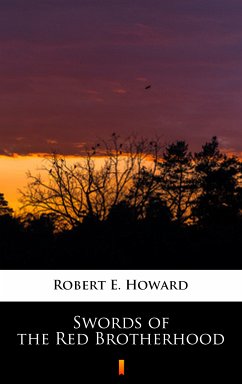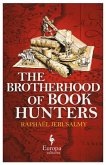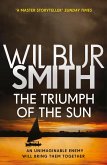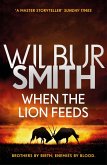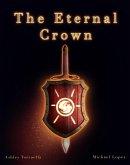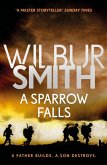One moment the glade lay empty; the next a man poised tensely at the edge of the bushes. No sound warned the red squirrels of his coming, but the birds that flitted about in the sunlight took sudden fright at the apparition and rose in a clamoring swarm. The man scowled and glanced quickly back the way he had come, fearing the bird-flight might have betrayed his presence. Then he started across the glade, placing his feet with caution. Tall and muscular of frame, he moved with the supple ease of a panther.
Dieser Download kann aus rechtlichen Gründen nur mit Rechnungsadresse in A, B, BG, CY, CZ, D, DK, EW, E, FIN, F, GR, HR, H, IRL, I, LT, L, LR, M, NL, PL, P, R, S, SLO, SK ausgeliefert werden.

